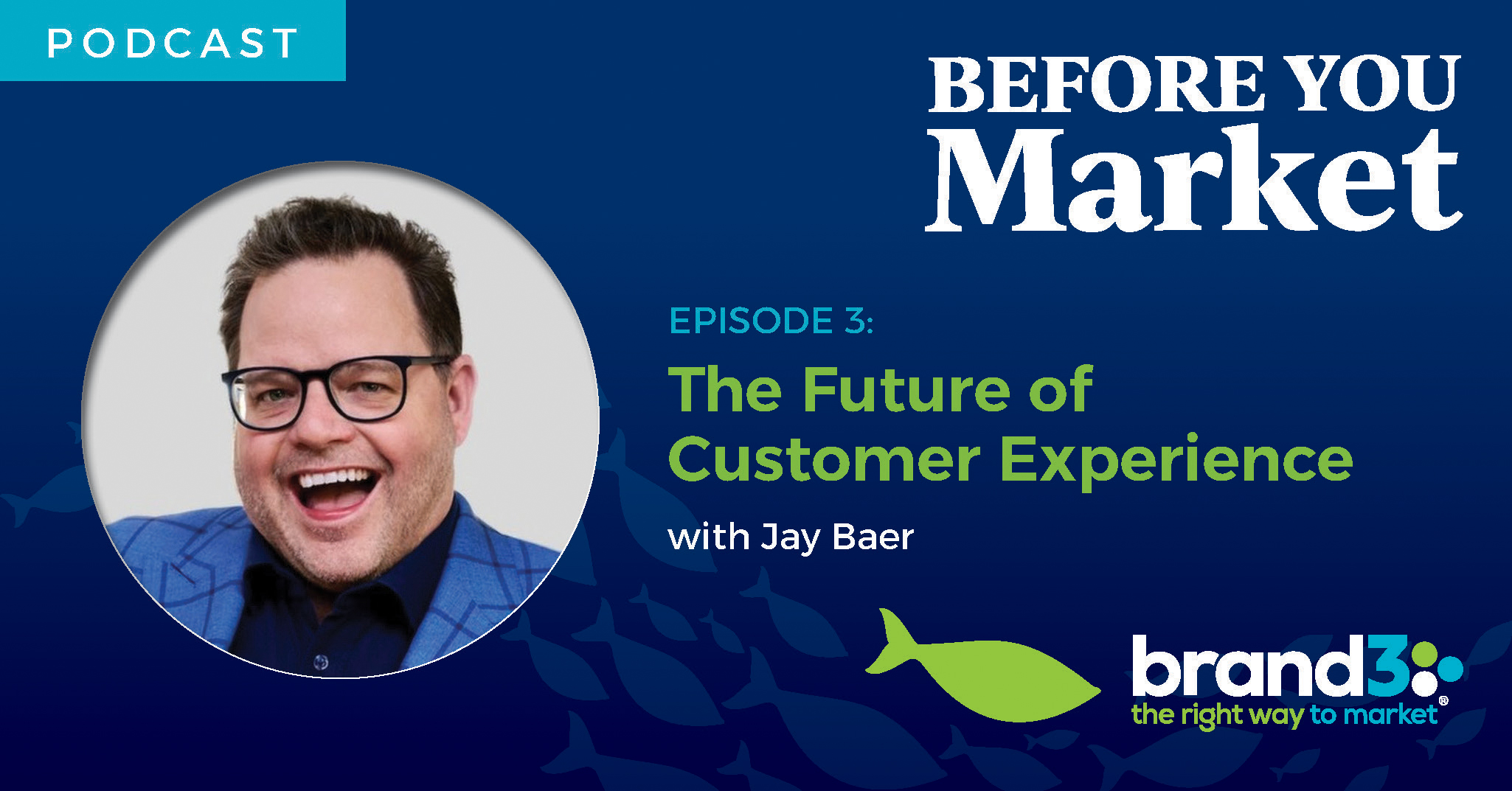
If you’re a business owner, you most likely have some sort of social media presence online, no matter what size your business is. If you don’t manage social media for your brand, you probably have some type of personal profile or account. And even if you have neither, keep reading! This blog is definitely for you.
Social media is constantly evolving. New updates are being made frequently and it seems like a new platform is being released every month. It can be a lot to keep up with if you’re not tech-savvy or don’t care for social profiles. However, long gone are the days of only having a website for your online presence. Today, users are expecting businesses to have active social media accounts and will go to a social platform to research a brand before they resort to Google. In this blog, we’re covering the social channels your business needs and why.
Let's start with one of the oldest and most popular social media platforms. Facebook was originally intended to connect people online to share thoughts, updates, pictures, etc. with friends or family that may not be nearby. However, since its launch in 2006, it has blown up and is now recognized across the globe as being the largest social networking platform.
Facebook isn’t just for people to connect with each other anymore. It’s also a great space for brands to share content with current customers and to reach new customers as well. Aside from sharing content, Facebook also allows users to see key information about your business (like your website, address, hours of operation, phone number, etc,). You can also promote products or services you offer, keep followers in the know about any upcoming events, produce ads, and serve as a messaging platform to answer customer questions or concerns.
The key to posting on Facebook is to remain consistent. Create a schedule that works best for your business based on when users are active and when your content is receiving the most amount of engagement. More recently, Facebook (as well as most other platforms) has started favoring video. To be successful on Facebook, find a good mix of photo and video content, remain true to your content schedule, and stay on top of responding to comments, messages, and recommendations.
Instagram is another extremely popular platform businesses should be using. Founded in 2010, Instagram was originally a platform for sharing photos only. It was a platform that was more on the creative side of social media and was intended for photographers to share their work and show off edited images.
Today, Instagram is huge for not only personal pages but also for businesses. From sharing photo-worthy content to videos, stories, and reels, Instagram is a great platform to showcase your products or services. In the last few years, the platform introduced “business profiles” specifically for businesses that allow them to add important business information like their contact info.
The best way you as a business can utilize Instagram is to consistently post a mix of photos and videos. Similar to Facebook, stick to a schedule and respond to comments and messages within a few hours. If you’d like to share more than a single link in your profile, consider adding a service like LinkTree or LinkInBio. This way you can point users to your link in bio in your posts, and they can then navigate to other online resources.
As you may have already noticed, the rise of video is becoming present in all forms of social media. If you’re already producing video content on other platforms, it’s a good idea to add TikTok to the mix. Being one of the newer platforms, TikTok is for short-form video content only. Although it’s only for short videos, it’s one of the easiest platforms to go “viral” on. TikTok’s algorithm pushes out videos that are using “trending” sounds or hashtags to people’s “for you page” (their main feed.) That means your content is reaching people with similar interests, even if they’re not following you.
A common misconception of TikTok is that it’s just for a younger generation. It’s actually a platform that is suited for multiple generations and continues to grow in popularity with adults. Many brands have recently hopped on the TikTok trend and have already seen success. The best way you can use TikTok is to research popular sounds, trends, and hashtags, and find ways you can tie them to your brand. With TikTok, you’ll want to be pushing out content daily.
Similar to Facebook, LinkedIn is another one of the “original” social media channels. After being launched in 2003 and then rising to success in 2010, LinkedIn was made to connect professionals around the world to make them more productive and successful. Today, LinkedIn is the largest network for professionals and is widely popular among businesses.
This platform is great for showing users what it’s like “behind the scenes” of your business, sharing employee-centered content, and connecting with other professionals. It can even be used to find new hires with its “post a job” feature. Overall, while your target audience may not be on LinkedIn, it’s great for promoting the professional side of your business.
Founded in 2006, Twitter was originally made to send out short form messages in 140 characters or less, aka “tweets”, to groups of people. The idea behind Twitter was that it would be like sending out a text message but to a larger audience. Similar to other platforms we’ve mentioned, Twitter was intended to be a platform for people to connect. But, as social media expanded, they decided to introduce business pages.
To see the most success on Twitter for your business, it’s important to be extremely present. For maximum engagement, you should aim for 1-5 tweets per day. Remember, on Twitter you can keep it short and sweet. If you want a post to get into more detail, linking it to your website or a blog can help.
Overall, social media is an extension of your brand’s personality. It allows you to show off what's going on behind the scenes in your business and show the people who are behind your brand. Having a good social media strategy and presence will help potential customers get to know you better and for current or previous customers to feel like they have more of a personal connection with you.
It’s important to remember that not every single social media channel is meant for your business, and that’s okay. You don’t need to be everywhere on the internet all at once but it’s important to consider where your business will fit in best and start there.
Does your brand need social media help? Contact our marketing team!


